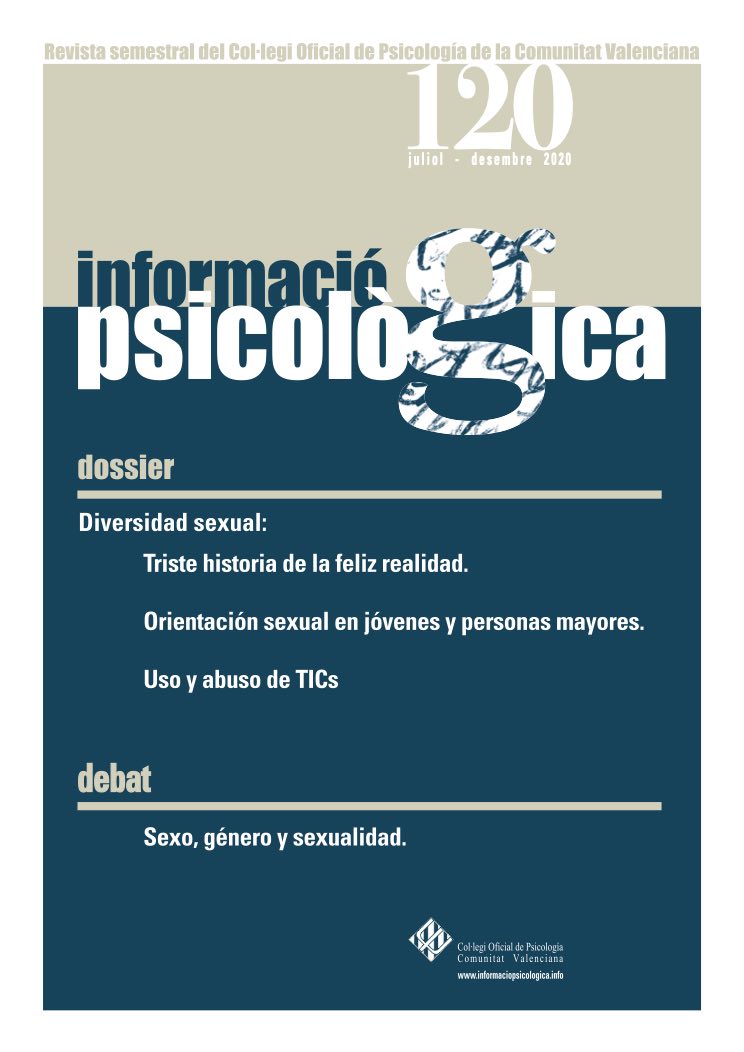Sexual diversity: The sad story of a happy reality
DOI:
https://doi.org/10.14635/IPSIC.2020.120.7Keywords:
history, LBGTphobia, milestones, law, mental health, social struggle for sexual rightsAbstract
Sexual diversity is the norm in human beings and far from feeling fear and rejection, we should protect and promote it. This paper reviews the possible causes of this fear towards sexual diversity. It conceptualizes the different dimensions around which sexuality can be experienced in very different ways. A historical journey is made to understand that sexual heterogeneity has accompanied us from the beginning of our existence, how it has been seen by society and by science, pointing out the fundamental milestones, the main authors who have made relevant contributions to end up with a categorical vision of sexual orientation and how the consideration of homosexuality has evolved in the different manuals of classification of mental problems. Reference is also made to the havoc caused by LGTBphobia among people who depart from the current heterocentrism, the milestones in the social struggle for the sexual rights of the LGTBI community, the legislative improvements in Spain and the road ahead.
Downloads
Downloads
Published
How to Cite
Issue
Section
License
Nota de Copyright-Los autores que publican en esta revista están de acuerdo con los siguientes términos:
Los autores conservan los derechos de autor y garantizan a la revista el derecho de ser la primera publicación del trabajo al igual que licenciado bajo una Creative Commons Attribution License que permite a otros compartir el trabajo con un reconocimiento de la autoría del trabajo y la publicación inicial en esta revista.
Los autores pueden establecer por separado acuerdos adicionales para la distribución no exclusiva de la versión de la obra publicada en la revista (por ejemplo, situarlo en un repositorio institucional o publicarlo en un libro), con un reconocimiento de su publicación inicial en esta revista.
Se permite y se anima a los autores a difundir sus trabajos electrónicamente (por ejemplo, en repositorios institucionales o en su propio sitio web) antes y durante el proceso de envío, ya que puede dar lugar a intercambios productivos, así como a una citación más temprana y mayor de los trabajos publicados







